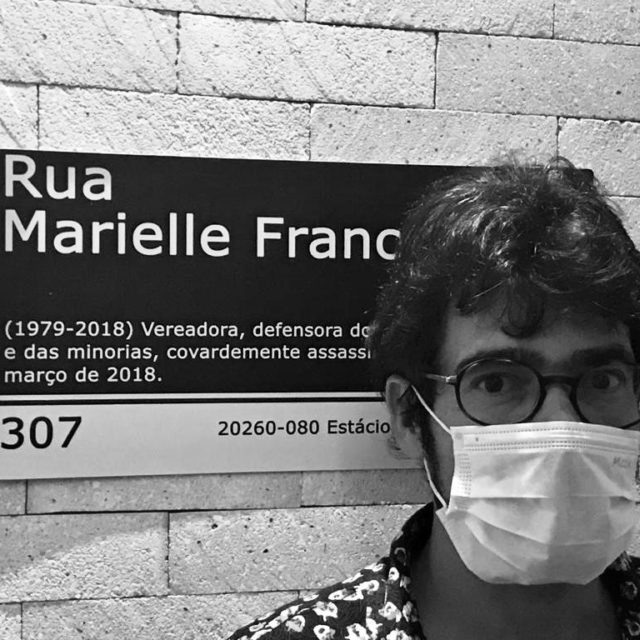Andrew Nevins
Dialect Microvariation, Kiparsky's Tiger, and Distributed Morphology
Conferencista
-
Andrew Nevins

Andrew Nevins
Andrew Nevins is Professor of Linguistics at the University College London and the Federal University of Rio de Janeiro. His research interests include Phonological and Morphological Theory; Improved Empirical Foundations of Linguistic Data Collection. Recent Research Includes: Whistled Languages, Conjunct Agreement, Reduplication, Ergativity, Diminutive Formation, Clitic Restrictions.
Resumo →
Andrew Nevins
Dialect Microvariation, Kiparsky's Tiger, and Distributed Morphology
Take the kinship relations denoted by `brother/mother/father/sister in law’, featuring a morphologically complex item involving derivational processes. Pluralization of such nouns, occurring externally, should yield ‘sister-in-laws’, but an extremely frequent variant is ‘sisters-in-law’. This displaced, internalized inflection involves a morphotactic rearrangement, based on the specific well-formedness principles governing morphology within the word domain. Now consider the putatively substandard Spanish plural imperative sientesen (with an agreement morpheme outside the clitic, instead of sientense). Are these the result of a morphological displacement?
Authors such as Kayne (2010) have answered ‘no’, and treated sientesen as the result of an alternative syntactic derivation, arguing that syntax should be the sole engine of this kind of structural re-combinatoriality. But in Arregi & Nevins (2018), we caution against the overzealous wielding of Occam’s Razor. Spanish displaced plural morphology, and phenomena like it, are cases of dialect microvariation.
The guiding research heuristic of the present talk is that the closer one gets to PF, the more one finds dialect microvariation. Cases of displaced morphology in Basque auxiliaries, Cypriot Greek past tense marking, and infinitival zu in German varieties such as Alemannic can be built into a theory of morphotactic constraints and repairs, in which in each case, the underlying syntax of these varieties is largely uniform. Dialect-specific positional constraints, such as Non-Initiality within a structural domain, guide a host of repairs that are post-syntactic, after a syntactic composition that does not vary as widely is complete. In this way, an architecture of word-formation known as Distributed Morphology is composed of discrete components, each with its own burden of labor and its mechanisms for doing so. Morphosyntactic variation in space and time can be more easily localized once specific submodules are isolated and identified.
